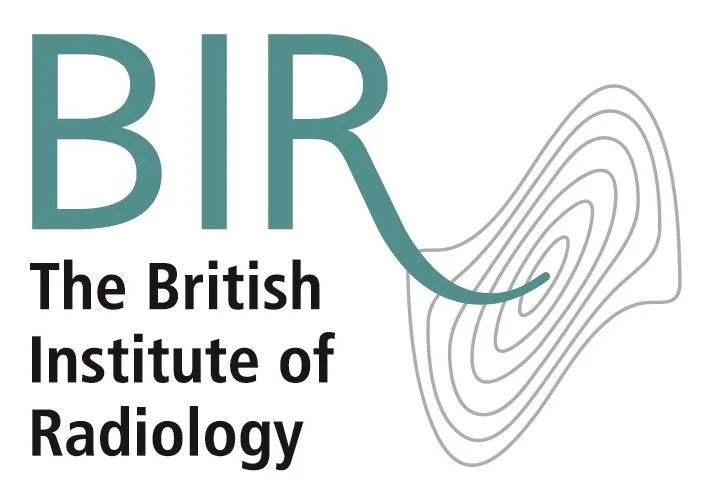GUIDE TO STARTING RADIOLOGY
On this page we list our top tips for those beginning their radiology registrar training.
While membership of the Royal College of Radiologists (RCR) is compulsory for all trainees, there are some benefits worth noting as many people do not take advantage of them! You should register with the RCR as soon as possible, as this is how you get your ePortfolio activated. The RCR will also host a few trainee welcome days around the country, although attendance is not mandatory, it is a good way to meet future colleagues and find out about The College's role in your career. Make sure to book on to these trainee days early to avoid disappointment!
Access to the journal Clinical Radiology & podcast
Free membership of the European Society of Radiology
20% discount on books from Lippincott Williams & Wilkins
20% discount on books from Oxford University Press
25% discount on books from Elsevier
Shopping, gym, and travel discounts from RCR Life
Discounts for RCR events
Access to RCR Learning
Access to NUS card discounts
One of the major hurdles for first year trainees is the FRCR Part 1 Physics and Anatomy exam. You will find the Radiology-Integrated Training Initiative (R-ITI) modules an essential part of your preparation for the FRCR Part 1 physics exam. There are also R-ITI modules on all aspects of diagnostic radiology.
The R-ITI modules are accessed through the e-Learning for Health (e-LfH) portal. These are free for UK trainees, but you will need to register with an NHS email account. This platform also gives you access to the Interpretation of Radiological Images (e-IRI) modules, which provides a further opportunity to practice image interpretation.
Have a look at our Radiology Resources page for books and websites that will help you prepare for the physics and anatomy exams.
Trainee membership of the British Institute of Radiology (BIR) is a thoroughly worthwhile purchase for a radiologist in training. Membership benefits include:
Access to the British Journal of Radiology
Access to the British Journal of Radiology | Case Reports
Access to the journal Imaging
Access to the journal Health Management
Discounts for BIR events
Discounted RSM membership
Access to anatomy.tv
Opportunity to join a Special Interest Group
Apply for prizes & bursaries
The Society of Radiologists in Training (SRT) is run by and for UK radiology trainees! Every year, The SRT hold an educational and scientific meeting aimed at radiology registrars. Their annual meeting is a great opportunity for trainees to present their work and network with their colleagues. Visit The SRT's website to become a member and attend their conference!
Trainee membership of the British Society of Interventional Radiology (BSIR) is offered at a reduced rate, with benefits including:
Membership of the Cardiovascular and Interventional Radiology Society of Europe (CIRSE)
Ability to vote and stand for positions in the BSIR's Trainee Committee
Ability to apply for BSIR bursaries
Membership of the Radiological Society of North America (RSNA) is free for all trainees, so there is no reason not to sign up! In case you need further convincing:
Access to the journal Radiology
Access to the journal Radiographics, an excellent educational resource
Access to high quality educational and research presentations from past annual conferences
Use of the myRSNA cloud service & forum
Like the RSNA, trainees can sign up to the American Roentgen Ray Society (ARRS) for free! Benefits include:
Access to the American Journal of Radiology
Access to web lectures
Discounts on online courses
There is free software available online that will allow you to view radiology DICOM images at home! Whether you use Mac OS or Windows, there is software for you. Horos is for Mac OS users and RadiAnt is for Windows users.
We recommend that you start collecting any interesting cases you come across. This will be an invaluable resource for your FRCR 2B revision and may also be useful for any teaching sessions you decide to give in the future. You can also share your interesting cases online with Radiopaedia! Just make sure to anonymise the images carefully!
Even though a lot of a radiology registrar's work is checked by a consultant, it is still important to have indemnity cover. One of the organisations available to you is the "Medical Protection Society". This organisation provides you with:
Access to expert advice to help you with challenging ethical situations
Access to indemnity for medicolegal claims arising from professional practice
Access to the publication Casebook
Access to free workshops on risk management
Access to free e-learning resources and to radiology case reports
Claiming back money on your various professional expenses is often something that people either forget to do or do not know they can do! You can claim back money for your professional memberships (e.g. GMC fees, RCR membership), for your medical indemnity cover, and for your FRCR exams! The BMA and the RCR provide guidance on the technicalities and practicalities of doing so.
Follow Radiology Nation on Twitter to keep up to date with topical research and educational issues in radiology! You can also follow the co-founder of this website, Andrew Nanapragasam, on Twitter. Follow us on Instagram and Facebook for interesting imaging cases, and subscribe to our YouTube channel for education videos!












